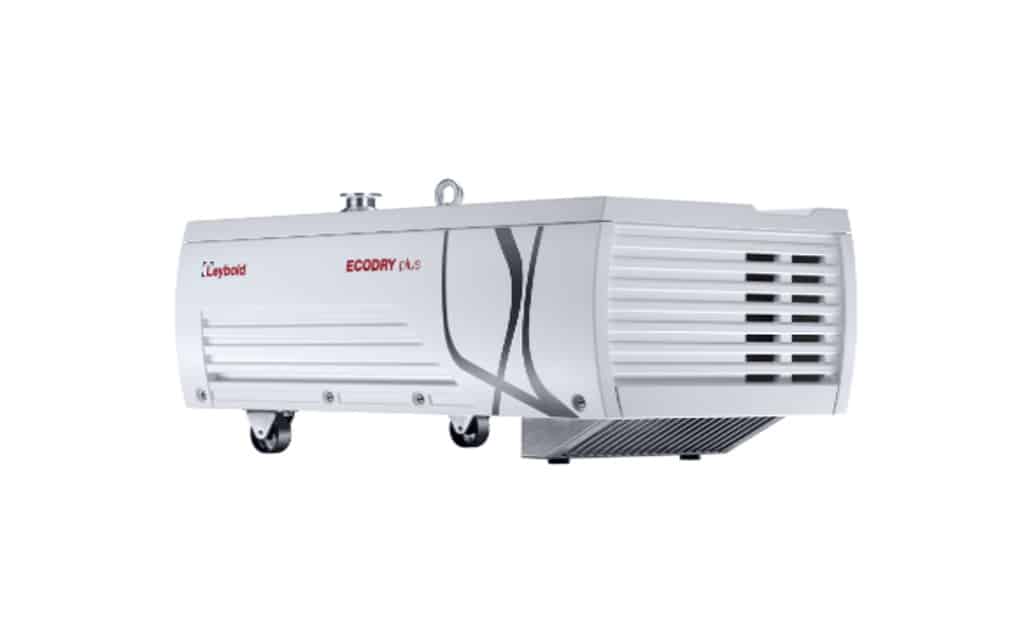Vacuum pumps withstand the worst of lab conditions like exposure to acid, organic chemicals, and other corrosive materials. These pumps are also an essential part of the lab processes such as drying, distillation, and lyophilization. Therefore, you must maintain the vacuum pump in pristine condition at all times.
The vacuum pump industry is likely to have a growth rate of 6% by 2026. Due to their versatile nature, and the number of applications, the demand will continue to rise. If the pump is not maintained well, it can derail your entire process. So, it is necessary that you maintain the pump by following these tips.
Maintain Temperature
Like any motor, these pumps tend to heat up. Heat can cause damage to the pump and make it function less efficiently or stop altogether. So, try to keep the pump in an open place where air circulates.
If you have to store it in an enclosure, then use a fan to keep it cool. The trick is to keep it cool while working. If you cool after it has completed its work, then the chances are that the oil would have overheated, and cooling it would harden it. So, keep the fan and pump running together.
Change Oil Regularly
Lubricants and oil are the lifelines of any motor. They help in the smooth functioning of the pump. Contaminants that enter the pump can degrade or thin the oil. Thinning oil can put undue pressure on the motor, which may result in a breakdown. That is why you should make sure that you check the oil of the pump and replace it regularly. The oil is usually honey-colored, and any deviation from the color means an immediate change.
Usually, the industry standard for vacuum pumps oil is 3,000 hours. Make sure that once the pump has worked for those hours, you stop and change the oil. You can plan a maintenance schedule for the pump every three to six months, depending on the usage.
Use an Inlet Trap and Filters
Since these pumps are exposed to many elements, they are more prone to damage. One way of disallowing the entry of these elements is to place inlet filters and traps. Filters stop any debris from entering the pump, while traps have absorbents that absorb vapors and neutralize the acid.
Clean After Every Use
Every time you shut down the pump, it is best to run it, for a few minutes, with the inlet blocked. This allows fresh air to circulate through its system and purge any debris and solvents that are remaining in the pump.
Have a Backup Pump
This is especially important if your pump is running 24/7. Since you don’t get the opportunity to check and clean the pump every day, the chance of a breakdown is higher. A backup pump plays two roles here. One, it allows you to remove the primary pump and service it without stopping your operations. Second, it is a backup during breakdowns.
The necessity of maintaining vacuum pumps cannot be stressed enough. It is an essential part of your lab operations, and you want them running smoothly at all times. These tips will ensure that your processes are not stopped because of pump trouble.



